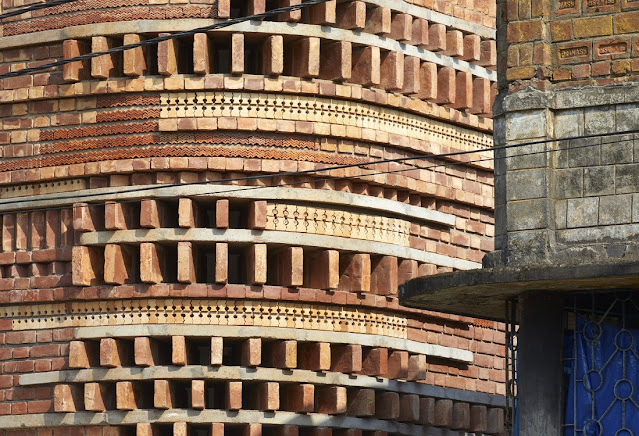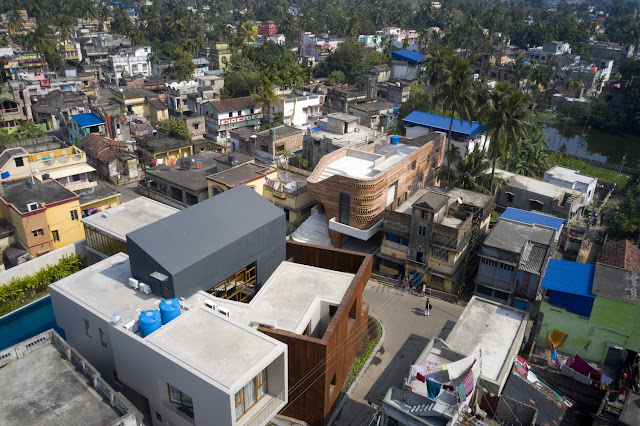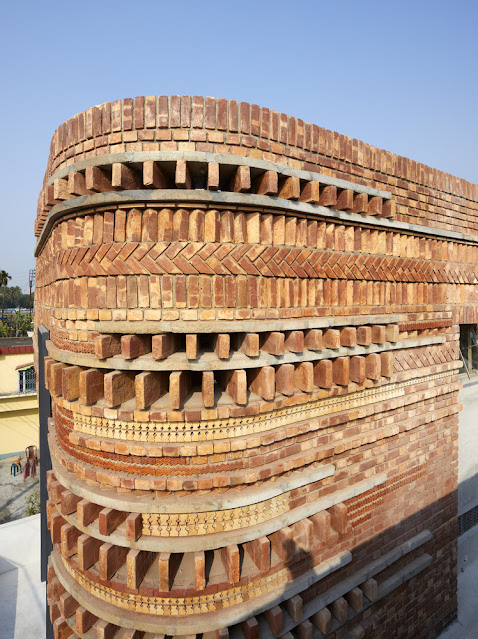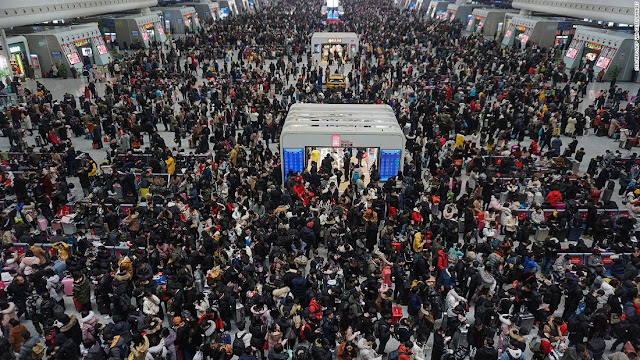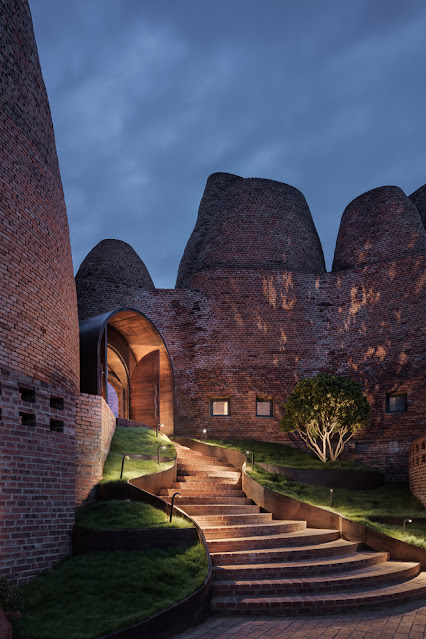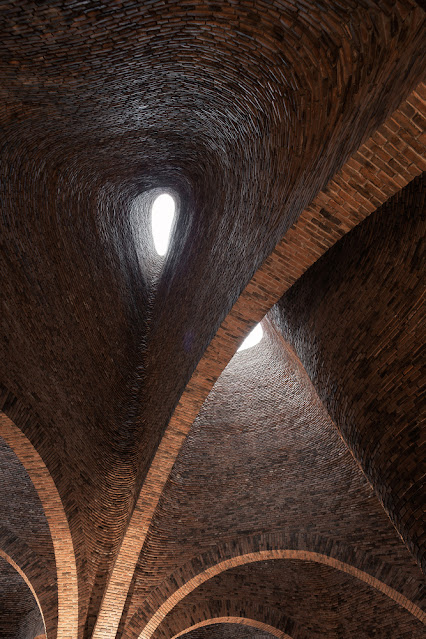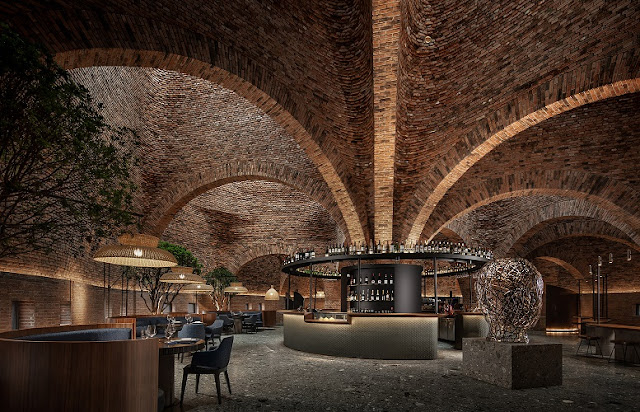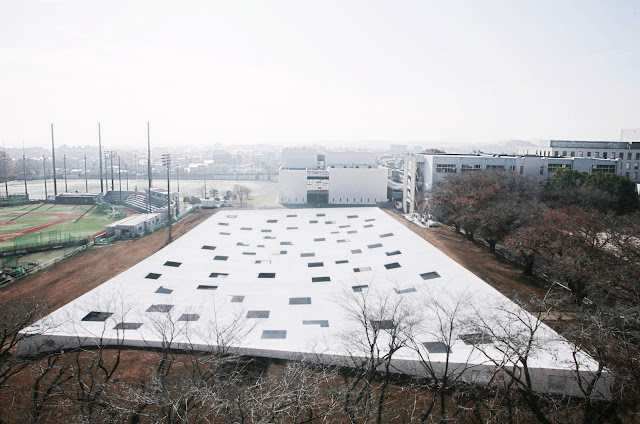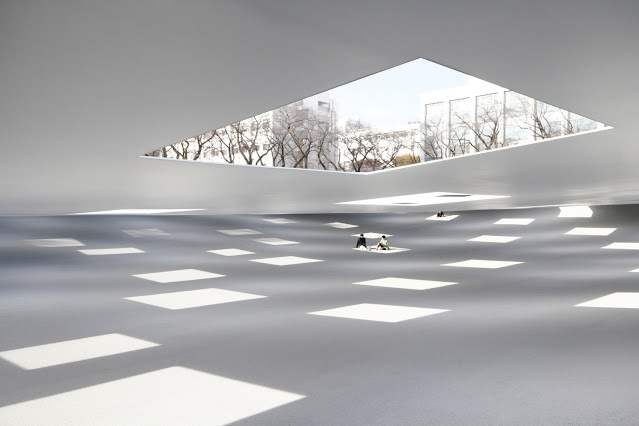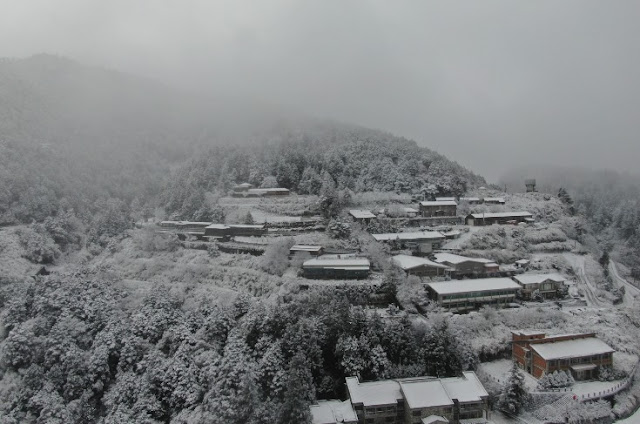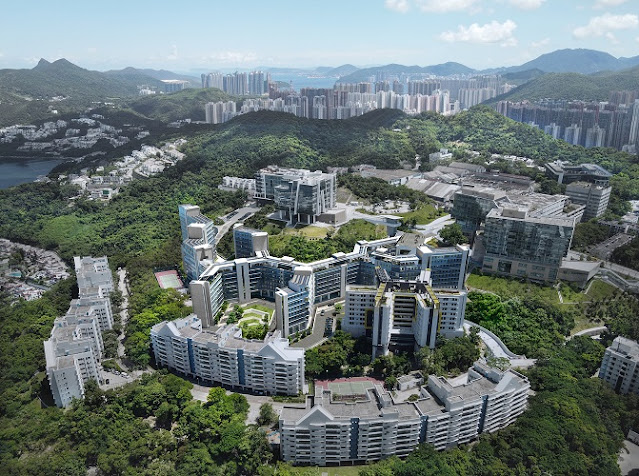China has yet to explain why it delayed approval for a World
Health Organization (WHO) team of experts to visit the country, significantly
at a time when state media publish claims that the coronavirus pandemic started
elsewhere.
The WHO team’s members were supposed to arrive in Beijing
this week and possibly make a field visit to Wuhan, where Covid-19 cases
apparently first emerged a little more than a year ago and before the disease
began its lethal global spread.
The unexpected delays triggered today rare criticism from
WHO Director-General Tedros Adhanom Ghebreyesus, who said he was “deeply
disappointed” by the delay in issuing visas for the team.
Ghebreyesus said that the 10-member group could not enter
China for an epidemiological survey of the novel coronavirus, a key part of the
WHO’s endeavor to ascertain the likely origins of the respiratory disease.
He said the infectious disease experts, led by food safety
and zoonotic diseases scientist Peter Ben Embarek, were still waiting for their
visas to travel to China.
Reports indicate Embarek made a sortie to the country in
July and convinced Beijing to open its doors to WHO personnel to conduct a
prognosis probe.
Chinese Foreign Ministry spokeswoman Hua Chunying said on
Tuesday in response to a media question that she had “no new information” on
the WHO team’s trip and itinerary.
Instead, Hua reiterated Beijing’s latest line, first
purveyed by Foreign Minister Wang Yi, that “more signs and studies worldwide”
had suggested Covid-19 could have “multiple sources” and that the pandemic had
erupted globally across “multiple locations” since the second half of 2019.
Hua said related surveys have indicated a much earlier
emergence of the pathogen in many more places than previously thought. She also
hoped other countries could make “joint efforts” with the WHO to trace Covid-19
to its source.
“We hope scientists can uphold professionalism and truth to
find [Covid-19] origins worldwide, and that other countries can cooperate with
and assist [the WHO] like what we have been doing since day one,” claimed Hua.
While several WHO officials and experts like Embarek were
indeed allowed into China in 2020, Wuhan was glaringly and constantly missing
on their Beijing-approved itineraries.
It’s not clear yet that the delay in the WHO expert team’s
arrival reflects a change in policy by Beijing.
In December, the state-run nationalistic Global Times
revealed a WHO “advance team” could go to Wuhan in January to inspect a wet
market trading in exotic wildlife in the city that is believed to be a possible
origin of the virus.
The paper also cited WHO officials as saying that all team
members from Japan, Qatar, Denmark, Russia and others would first be put in
quarantine in Beijing for 14 days. It added that an “open, fair” WHO
investigation would help debunk the “mudslinging, fake news and conspiracy
theories about the ‘China virus’” being spread by some American politicians,
not least outgoing US President Donald Trump.
“Wuhan was the first city, via Beijing, to have notified the
WHO of the virus and an outbreak since the end of 2019 and well into January
2020, but that does not necessarily mean Wuhan was the source,” said the paper,
a sister publication of the top Communist Party mouthpiece the People’s Daily.
A source with Shanghai’s Municipal Center for Disease
Control and Prevention told Asia Times that one possible reason behind the
delayed trip could be the outbreaks of the virus hitting Hebei province since
the New Year.
He said the National Health Commission has scrambled a
contingent of top virologists to the northern province to trace hidden cases
and contain any spillovers that may affect Beijing. Some of these experts
originally planned to accompany their WHO counterparts during their trip in
China, including to Wuhan. Hebei has reported 34 local infections since Tuesday.
“With cases flaring up again near Beijing and the national
health authority responding to the big resurgence, clearly receiving a WHO team
is no longer a top priority,” said the source.
Reports indicate that one WHO expert decided to cancel his
flights and return to Geneva, where the WHO is headquartered, fearing he could
be left cooling his heels at the airport after landing in China.
Another expert is now reportedly stuck in a transit county,
apparently waiting for word on the team’s visas.
 |
| Xi Jinping visited Wuhan during the Pandemic in 2020. |
In the meantime, Chinese and Western officials continue to
trade Covid-related accusations and recriminations.
US President Trump again used the term “China virus” in his
New Year’s speech. In China, a new narrative from a senior Xinhua editor is
also making the rounds on social media.
This comes after Zhao Lijian, Hua’s colleague at the Chinese
Foreign Ministry, leveled outrageous allegations at the US military, claiming
they first bought the virus to Wuhan.
Xiong Lei, a deputy director of Xinhua News Agency’s special
feature division, posted on social media what she claimed were findings of her
investigative reporting into a Harvard-led DNA sampling project that was held
in eastern Anhui province in the 1990s.
In her post, Xiong alleged that the number of DNA samples
collected during the Harvard project in Anhui, reportedly funded by the US
National Institutes of Health, was three times larger than the amount approved
by the Chinese government and that two types of samples had been used for
respiratory disease studies.
She went so far as to suggest that the SARS pandemic of
2003, which mainly hit China, and the Covid-19 contagion in Wuhan, could have
something to do with the Harvard School of Public Health’s collection of DNA
and biological samples from the Chinese population.
“China has never collected DNA samples from foreign
populations. So it’s preposterous for some in the US government and
institutions, which collect such samples from overseas, to suggest that the
Covid virus could have been engineered and manufactured in a bio lab in Wuhan,”
said Xiong.
Harvard has repeatedly denied all accusations when Xiong
first linked its Anhui project to SARS a few years ago, stressing the project,
initiated by an associate professor of public health who hailed from China, had
been approved by Beijing before it started in that province.
Nonetheless, many Chinese netizens believe Xiong’s claims
have “plausible elements” given her capacity as a Xinhua senior editor and her
father’s background as a spy chief in Mao Zedong’s Red Army during China’s
civil war in the 1940s.
Source: Asia Times
至今中国尚未解释为什么它会推迟批准世界卫生组织(WHO)专家访问该国,耐人寻味的是中国官方媒体选择在这个时候发表有关冠状病毒大流行可能开始于其他地方的言论。
世卫组织团队的成员原定于本周抵达北京,并可能对武汉进行实地调查。武汉市显然在一年多前就出现了Covid-19病例,当时该病尚未开始蔓延到全世界。
对于这次的延误,世卫组织总干事特德罗斯·阿德诺姆·盖布里亚索斯今天罕见的表达不满和批评,他为该团队签发签证的延误“深感失望”。
Ghebreyesus说,这个由10名成员组成的小组无法进入中国进行新型冠状病毒的流行病学调查,这是WHO确定这病毒起源的关键部分。
他说,由食品安全和人畜共患病科学家彼得·本·恩巴雷克(Peter
Ben Embarek)领导的传染病专家仍在等待签证前往中国。
报告显示,埃巴雷克于7月份对该国进行了一次出击,并说服北京向世卫组织人员敞开大门,进行预后调查。
中国外交部发言人华春莹周二在回应媒体提问时说,她“对世卫组织医疗队的行程和行程没有任何新信息”。
相反,华重申了外交部长王毅首先提出的北京最新路线,即“全球范围内的更多迹象和研究”表明,Covid-19可能具有“多种来源”,并且自第二次爆发以来,该流行病自从2019的上半年已在全球“多个地点”爆发。
华说,相关调查显示,病原体的出现比以前想象的要早得多。她还希望其他国家可以与世界卫生组织“共同努力”,将Covid-19追溯到其来源。
“我们希望科学家们能够秉承专业精神和真理,在全球范围内找到[Covid-19]的起源,其他国家也可以像我们从第一天开始所做的那样与[WHO]合作和协助,” Hua说道。
尽管确实有2020年世卫组织的几名官员和专家(如Embarek)获准进入中国,但武汉却没有在被批准的行程当中。
目前尚不清楚,这次世卫组织专家小组行程的耽误是否反映了北京方面的政策变化。
去年12月,国营的民族主义《环球时报》透露,世卫组织的“前进小组”可能会在一月份前往武汉检查该市野生动物的湿市场,据信这可能是该病毒的起源。
该报还援引世界卫生组织官员的话说,来自日本,卡塔尔,丹麦,俄罗斯和其他国家的所有小组成员将首先在北京隔离14天。它补充说,世卫组织进行的“公开,公正”调查将有助于揭穿一些美国政客,尤其是即将卸任的美国总统唐纳德·特朗普所散布的“有关'中国病毒'的虚假新闻和阴谋论”。
该报的姐妹说:“自2019年底至2020年1月,武汉是第一个通过北京向世卫组织通报该病毒和疫情的城市,但这并不一定意味着武汉是疫源。”共产党最高喉舌《人民日报》的出版。
上海市疾病预防控制中心的消息人士告诉《亚洲时报》,这次旅行推迟的一个可能原因可能是自新年以来该病毒在河北省的爆发。
他说,国家卫生委员会已将一大批顶尖病毒学家派到北部省份,以追踪隐藏的病例,并遏制任何可能影响北京的外溢。这些专家中的一些最初计划与世卫组织同行在中国旅行期间一起,包括前往武汉。自周二以来,河北已报告34例局部感染。
消息人士说:“随着病例在北京附近再次爆发,国家卫生部门必须尽快作出反应,显然,世卫组织的检查工作已经不再是中国目前的首要关键事物。”
报告表明,一位世卫组织专家决定取消其航班,返回日内瓦的世卫组织总部,因为担心他在中国着陆后可能会被困在在机场。
据报道,另一名专家现在被困在过境县,显然正在等待有关该队签证的消息。
同时,中国和西方官员继续交换与Covid有关的指控和指责。
美国总统特朗普在新年演讲中再次使用“中国病毒”一词。在中国,新华社资深编辑的新叙事也在社交媒体上进行。
在此之前,华外交部的华同事赵立建对美国军方提出了严厉的指控,声称美国才是首次把病毒带到武汉。

